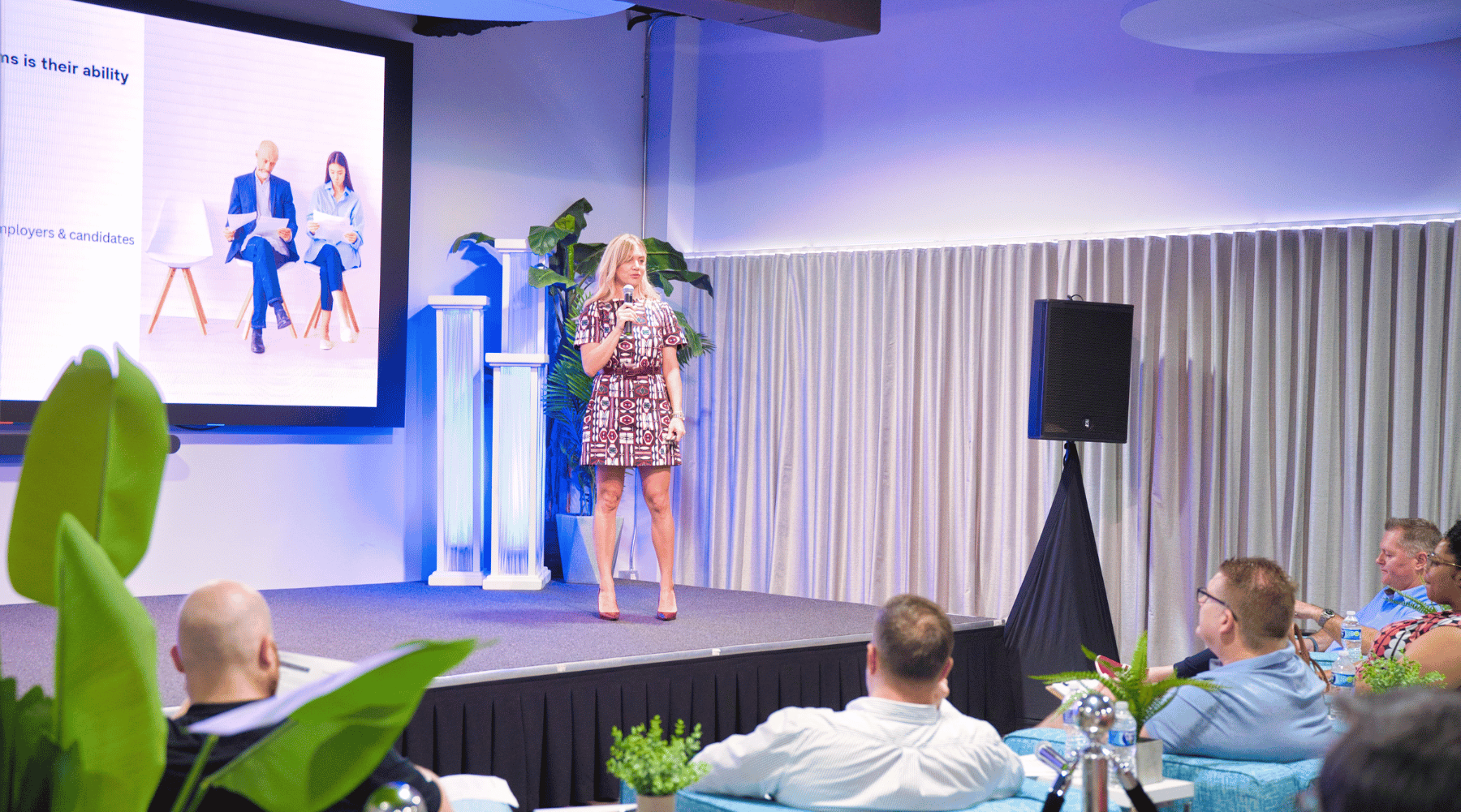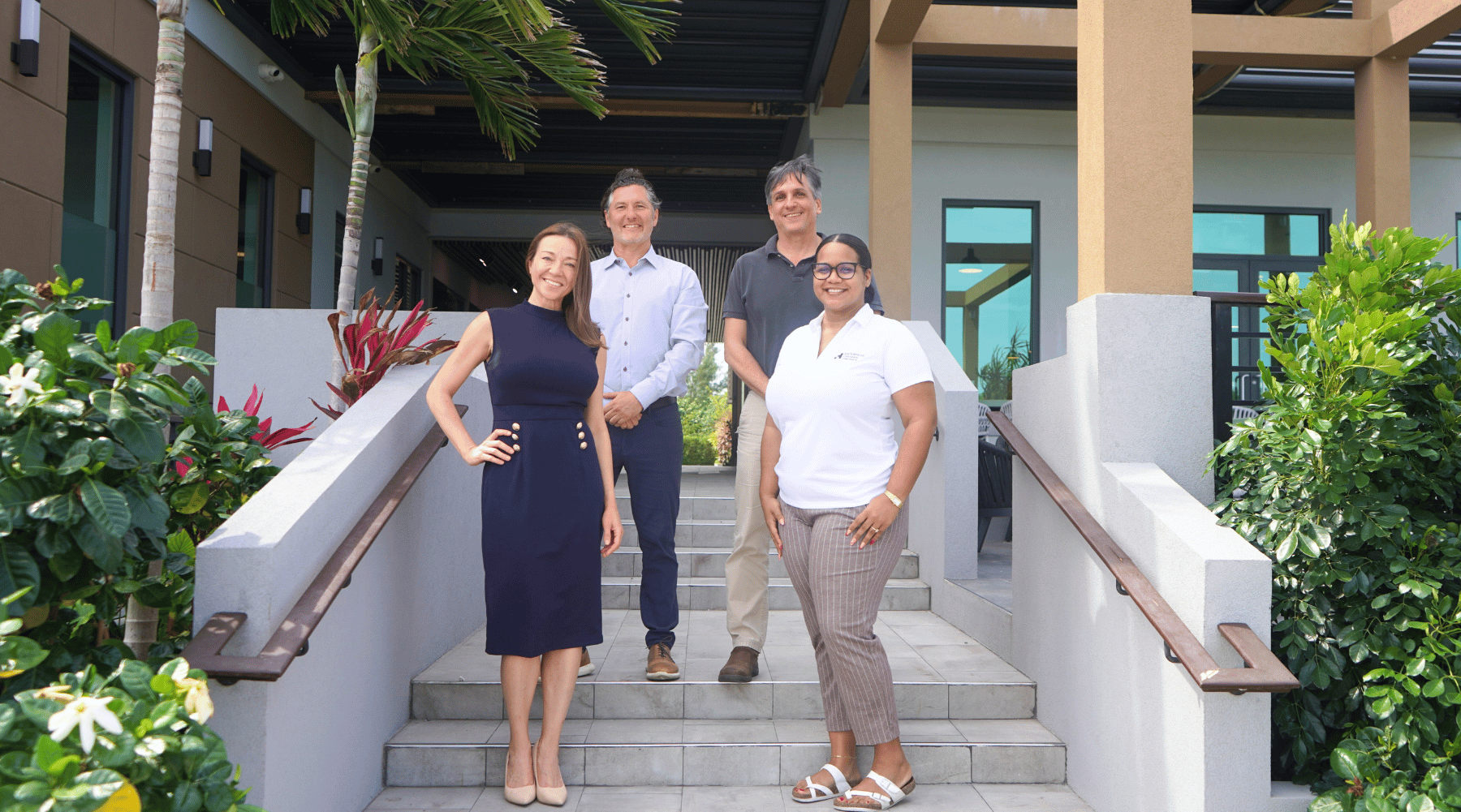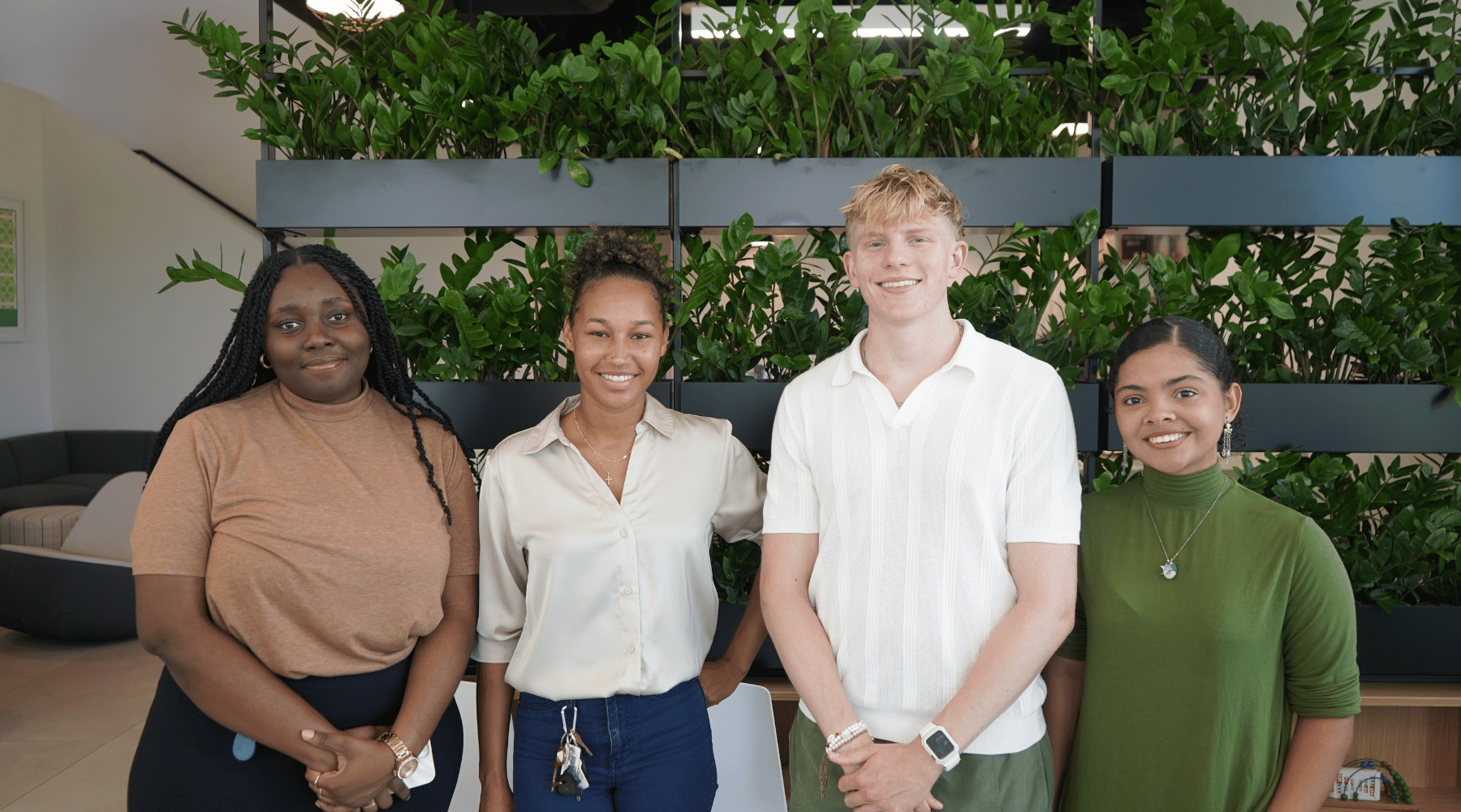
Michael Garrett, Physiotherapist, and co-founder of MyMotion, participated in Enterprise Cayman’s Launch Labs Incubator Programme in September 2022. We caught up with Michael to learn more about MyMotion and find out what the company has been up to lately!
Could you give us an overview of what ‘MyMotion’ is and how it works?
MG: MyMotion is a digital way of understanding how people move. We look for movement patterns that have been altered because of pain. The pain may come and go, but that movement pattern remains. You may think that the injury is gone, but the way you move hasn't, and there's so much information in that. We have an underlying algorithm called the 'Human Code' that allows us to scale and automate the processes of understanding motion to deliver then targeted exercises that can ensure that you get rid of an injury and help prevent future injuries.
What was the inspiration behind MyMotion? Was there a specific problem or gap in the market that you identified?
MG: I digitised human movement in professional golfers 27 years ago to understand why they hurt their low backs. There are a lot of people who are in pain, and a lot of people want to play their sports better. People at risk of falling don't want to fall over. I always knew that I was building a product to help people, but only professional athletes could afford it then. Since then, technology has become more affordable, and I have worked with over 20,000 people with various injuries and disabilities that affect people throughout their lifespan.
10 years ago, I sustained a traumatic brain injury that affected my cognitive function; this led me to develop an algorithm to help me manage my workday. This algorithm was the step that allowed us to scale our product. Without the code, we could do what we're doing, but it would always require a physiotherapist. Now, we can automatically deliver targeted exercises to individuals through machine learning and AI. All those things combined and finding the right tech team allowed us to put all this knowledge into our application.
How would you say MyMotion differentiates itself from other wellbeing solutions or services available in the market?
MG: There's a fundamental difference. We view the person as an overall being, not just focusing on knee or neck pain. We address how they move and focus on the daily fight with gravity, ensuring good balance and internal supportive structures. This approach is a complete mind shift from just addressing injury or pain. It's hard for motivated individuals to find good information on investing in their bodies. MyMotion identifies the best exercises for each person at any given time. Our exercises are simple, pain-free, and gentle because pain affects movement. We target dormant muscle groups to improve movement, reminding the brain to activate specific muscles. We focus on structural or physical issues, not systemic ones. Understanding motion helps us make bodies more structurally sound, improving movement.
Can you share some challenges you faced during the development process and how you overcame them?
MG: As a physiotherapist, I wish I had done an MBA in business. It's great having an idea, but to build that into a product and then understand how you take that to market requires a lot of business knowledge. We've needed the appropriate mentors to help us in these formative stages. The initial challenge was finding the right tech partner. I met with at least 30 tech companies before finding our Chief Technology Officer, Rob. As the business continues to grow, team members must also share our values and passion.
Reflecting on your journey so far, what has been the most rewarding part of developing MyMotion?
MG: The concept of helping people en masse. I believe the health industry has too many surgeries and overprescription of pain medications. There's a simple alternative. Helping and working with 16 people daily is rewarding as a physiotherapist, but the idea of helping people en masse is mind-blowing and exciting. Seeing it come to life, learning what's required to get a product to market, building a team, and finding the needed skills have been super exciting. Seeing the product in action, helping people, and creating a passionate team that shares our passion is incredibly rewarding.
What are the next steps for MyMotion? Are there any upcoming features or expansions that users can look forward to?
MG: The technology that we've built today is really for a business-to-business market, targeting coaches, physiotherapists, physicians, nurses, and anybody who works with bodies. But we have a bigger vision to make this the best customer experience. We want to make this a fun experience, and not everybody's compliant in exercises. It's understanding people who need the right cheerleader, understanding gamification, and how that may help people engage in the exercises more. It's not within our current product range, but developments are happening now. Understanding each user's needs, we have a matchmaking system to provide the proper support, especially for older people or those hesitant due to pain. These developments will allow us to be a direct-to-consumer solution.
How does MyMotion adapt as the world of Artificial Intelligence and technology continue to evolve?
MG: AI and machine learning are integral parts of how MyMotion has come about. We need to embrace it to help people most of all. The way I see AI within MyMotion is it's just going to make the product more robust. I think there's potential for us to be able to find things that we can't currently see at this moment in time. I do believe that our technology in the future will be able to diagnose someone with early onset Parkinson's way before that person ever notices any change in their body. For example, we'll be able to determine whether someone has hip osteoarthritis.
It's not something that we let run free, though. We monitor it to ensure that it's doing what it's supposed to do. The data that we utilize is very simple—not that complex. And because our exercises are pain-free, this is minimally invasive or minimal risk to our customers. But we're excited about the power of AI because we're going to learn a lot more than what we don't know in terms of people's motion.
Has Enterprise Cayman helped you in launching MyMotion – if so, how?
MG: We were part of the first cohort with the [Enterprise Cayman] Incubate programme. That was great because there were some fantastic guest speakers. I'm very grateful to Enterprise Cayman for helping me understand that there's so much we didn't know and allowing us to connect with experts who can help us in this journey. Through the Launch Labs Incubator Programme, I found an accelerated program at the Levan Center, a practical business school. From September [2023] right through to December, I was at the Levan Centre four days a week. That's where we have all our sales meetings as we launch in the US market.
Learn more about MyMotion by visiting their website or contact Michael on LinkedIn.
.png)


